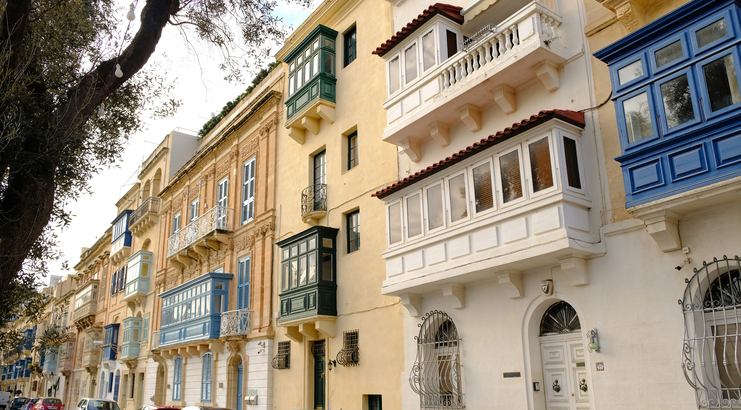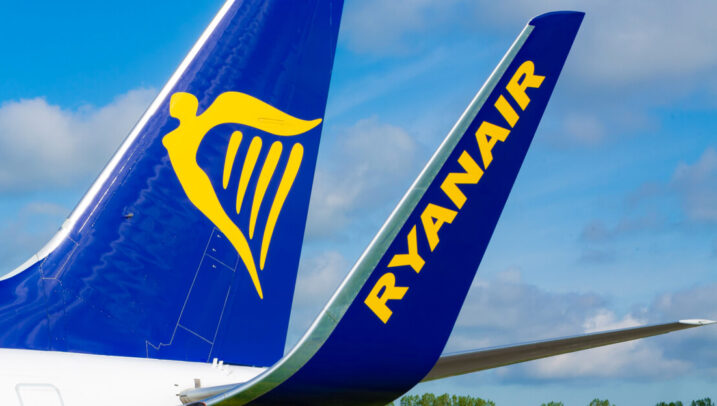The Santa Marija shutdown is evolving in response to the post-COVID economic rebound and the issues still being faced in recruitment, with many businesses adopting a flexible approach to the mid-summer holiday, reports Chamber of SMEs CEO Abigail Agius Mamo.
She says that this year’s break is particularly welcome, “as everyone has been stretched over the year”.
“Obviously, she says, “this is a very different year to the last two, with work being in full swing across the board and when considering the issues with human resource.”
She continues: “We have also encountered a lot of flexibility in the shutdowns, with a number of businesses spreading the breaks over more than a week in August and organising staff to split their absence from work during August and use this time for catching up following a very busy year.”
Last year, Ms Agius Mamo had noted that the widespread nature of the Santa Marija shutdown means that entire sectors are on break at the same time, allowing workers to “really unplug”, allowing them to re-energise.
Shutdowns are not only popular among workers. Ms Agius Mamo points out that many business owners “almost never stop working, so actually closing the business for a while for shut-down is the only way for them to take a break.”
A longstanding tradition
In many Southern European countries, as the middle of August brings sweltering temperatures, many workplaces are shuttered and swathes of the labour force take a week off of work to take advantage of the weather and travel with family or friends, or just take in the sun on a beach.
Perhaps the most widely known ‘shutdown’ takes place in Italy, where the ‘Ferragosto’ break coincides with the Catholic feast of the Assumption of the Virgin Mary into Heaven, but actually predates the Catholic Church itself.
Starting around 18BC, Ferragosto (or in Latin: Feriae Augusti) referred to a resting time dedicated to the Roman Emperor Augustus. Ferragosto was a time to interrupt ordinary activities and get some rest.
This concept continued during the Christian period after the collapse of the Roman Empire, when the Church declared the 15th August date as the aforementioned Assumption.
Given Malta’s close history with Italy, and its similarly close relationship with the Catholic Church, its adoption of a similar tradition was perhaps predictable, but for the island nation, the 15th August ‘Santa Marija’ has added significance.
After being decimated by an intense bombing campaign during World War II, as well as a concerted besiegement effort, 14th August 1942 brought the islands hope and relief in the form of the arrival of a convoy bringing food, fuel and other goods.
The arrival of the ‘Santa Marija Convoy’ etched itself into the country’s collective consciousness and is a fond part of the nation’s history for many.
European Parliament adopts regulation making it easier for companies to be paid on time
The maximum credit term under the new Late Payment Regulation is to up to 120 days, for some sectors
French ATC strike forces Ryanair to cancel over 300 flights, affecting 50,000 passengers
The low-cost carrier is demanding the EU carries out reforms to ensure travel continues undisrupted
Valletta ranks 8th most expensive European capital city to live in – study
While London is the most expensive, Bucharest is the most affordable






